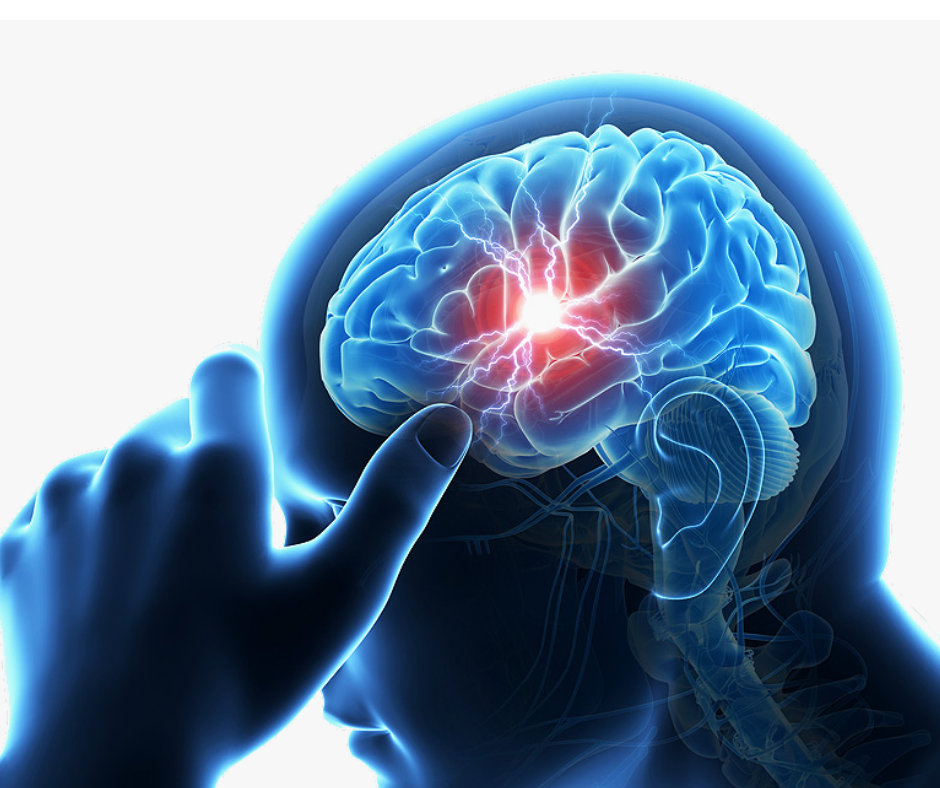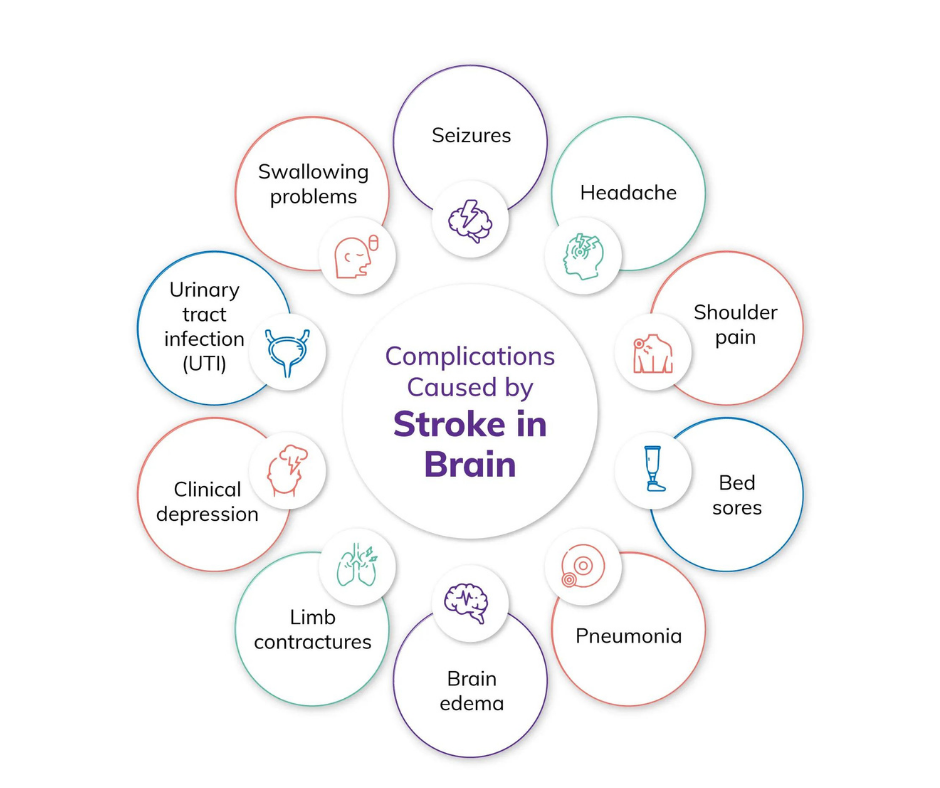Brain Stroke Treatment in India
Changes In Brain Stoke Patient -Before & After Videos
Let our Patient Speak for Us
Condition before the treatment:
Mr. Pandurang, a known case of left sided hemiplegia. Due to tightness and rigidity in his upper and lower left limbs he was not able to walk. There was Loss of trunk control. He could not stand or walk straight. He also had occasional trembling in his left hands and legs He had poor grip and release in left hands. He had limited movements of his left hand.
Condition after the treatment:
Mr.Pandurang underwent stem cell therapy.. The first change noticed was the reduced tightness and stiffness in his muscles and joints. As the time passed, his muscle strength increased considerably. His trunk control was improved. This made him balance his body weight while walking. His grip has improved a lot. His capacity to move his left hands has improved this has helped in developing a new ray of hope in his life.

Stoke
Condition before the treatment:
Mr. Pandurang, a known case of left sided hemiplegia. Due to tightness and rigidity in his upper and lower left limbs he was not able to walk. There was Loss of trunk control. He could not stand or walk straight. He also had occasional trembling in his left hands and legs He had poor grip and release in left hands. He had limited movements of his left hand.
Condition after the treatment:
Mr.Pandurang underwent stem cell therapy.. The first change noticed was the reduced tightness and stiffness in his muscles and joints. As the time passed, his muscle strength increased considerably. His trunk control was improved. This made him balance his body weight while walking. His grip has improved a lot. His capacity to move his left hands has improved this has helped in developing a new ray of hope in his life.

Hemiplegia

Best treatment for brain stroke in India:
There are two important questions that arise among individuals,
What is the treatment of brain stroke and brain stroke treatment cost in india.
The best answer to this question is stem cell therapy
How Can Stem Cell Therapy Aid in Stroke Treatment?
Stem Cell therapy utilizing bone marrow-derived cells and umbilical cord mesenchymal cells (UCMsCs) has emerged as a promising approach for repairing brain damage caused by stroke. Experimental studies using animal models of ischemic stroke have demonstrated functional recovery following treatment with mesenchymal cells and bone marrow-derived cells, indicating their potential for promoting repair. Notably, these cells can differentiate into cell types resembling neuronal progenitor cells, offering a pathway for regeneration. Additionally, the mononuclear fraction derived from bone marrow contains various cells that can secrete cytokines and trophic factors. These factors contribute to angiogenesis (formation of new blood vessels), neuroprotection, and neuroregeneration in the affected areas of the brain.
One advantage of stem cell therapy for brain stroke treatment in India is that it does not require invasive procedures for transplantation. Moreover, the use of a patient’s own bone marrow cells or the UCMsC eliminates concerns related to immune rejection, making this treatment approach highly effective and safe. These encouraging outcomes have prompted healthcare professionals, researchers, and scientists to recognize the potential of stem cell therapy in brain stroke treatment in India.
The paradigm of irreversible paralysis in stroke patients, despite optimal medical interventions, neuroprotective medications, and intensive rehabilitation, is being challenged by the remarkable progress in cell therapy research for stroke. Chaitanya Stem Cell Centre stands out as the best hospital for brain stroke treatment in India for its excellence in stem cell therapy.

What is brain stroke and how many types of brain stroke are there?
A brain stroke, comparable to a heart attack for the brain, occurs when there is a disruption in the blood flow to a specific part of the brain. This disruption can arise due to the blockage of blood vessels or bleeding within the brain. Strokes pose a severe threat to life, making prompt medical intervention absolutely crucial to prevent lasting damage or even fatality.
The vital role of blood in delivering oxygen and nutrients to brain cells cannot be understated. When blood flow to a specific area of the brain is disrupted, cells within that region are deprived of adequate oxygen, leading to their deterioration and eventual demise.
While brain cells have the ability to self-repair when deprived of oxygen for a short duration, once they succumb to the lack of oxygen, their regeneration becomes impossible. While recent studies suggest the potential for new brain cell generation to replace the lost ones with stem cell therapy.
It is usually said that brain stroke paralysis recovery time varies from months to years but with stem cell therapy as the best brain stroke treatment in India , the recovery period has shortened and rehabilitation has shown significant improvement.
The two primary categories of strokes are ischemic strokes and hemorrhagic strokes.
What are the types of brain stroke?
The next important question before understanding the brain stroke treatment in India is the various types of brain stroke.
The rationale behind grasping this information is to gain a thorough understanding of the best brain stroke treatment in india.
Ischemic stroke, the prevailing type of stroke, occurs when blood flow to the brain is impeded by a blood clot or the constriction of an artery. This impedes the supply of oxygen and nutrients to brain cells, limiting blood circulation to other regions of the brain.
Ischemic strokes are the predominant form, constituting approximately 80% of all stroke cases.
Thrombosis, embolism, and stenosis are the three main causes of ischemic strokes, which account for approximately 80% of all stroke cases.
- Thrombosis refers to the formation of a clot within a blood vessel in the brain or neck. This clot restricts blood flow, leading to reduced oxygen and nutrient supply to brain cells.
- Embolism occurs when a clot forms in another part of the body, such as the heart, and travels through the bloodstream to the neck or brain. This clot then obstructs a blood vessel, causing an ischemic stroke.
- Stenosis, on the other hand, involves the narrowing of a blood vessel in the brain due to the accumulation of fatty deposits along the artery walls. This narrowing restricts blood flow, increasing the risk of an ischemic stroke.
Hemorrhagic stroke is the second primary classification of strokes. It occurs when a blood vessel ruptures, leading to the leakage of blood into or around the brain. This rupture hampers the supply of oxygen and nutrients to brain cells, while also exposing the brain tissue to harmful substances that can result in cellular death. Additionally, the bleeding elevates the pressure within the skull, potentially compressing brain tissue and causing further damage.
Hemorrhagic stroke manifests in two primary forms: intracerebral bleeding and subarachnoid hemorrhage.
- Intracerebral bleeding occurs when a blood vessel within the brain tears or ruptures, leading to the release of blood that exerts pressure on the surrounding brain tissue.
- Subarachnoid hemorrhage, on the other hand, involves bleeding into the space between the brain and its outer covering, known as the subarachnoid space. The arachnoid membrane, a delicate tissue layer with a web-like structure, envelops the brain. Damage to blood vessels passing through this membrane can result in bleeding within the subarachnoid space, exerting pressure on the underlying brain tissue.
How to prevent Brain Stroke Symptoms:
- Maintaining a healthy lifestyle with regular exercise and a balanced diet.
- Controlling high blood pressure, cholesterol levels, and diabetes.
- Avoiding tobacco and excessive alcohol consumption.
- Managing stress effectively.
- Seeking prompt medical treatment for underlying conditions.
- Following prescribed medications and attending regular check-ups.
- Being aware of and managing risk factors such as obesity and atrial fibrillation.
- Maintaining a healthy weight.
- Adopting safety precautions to prevent falls and injuries.
- Being knowledgeable about the warning signs of stroke and seeking immediate medical attention if they occur.

Transient Ischemic attack:
A transient ischemic attack (TIA), also known as a “mini-stroke,” resembles a stroke but has temporary effects. TIAs serve as warning signs indicating a high risk of an impending stroke. Thus, individuals experiencing a TIA require immediate emergency medical attention.
Brain stroke treatment in India comprises of rehabilitation usually post stroke but with advanced technologies and more awareness the symptoms are detected at early stages

